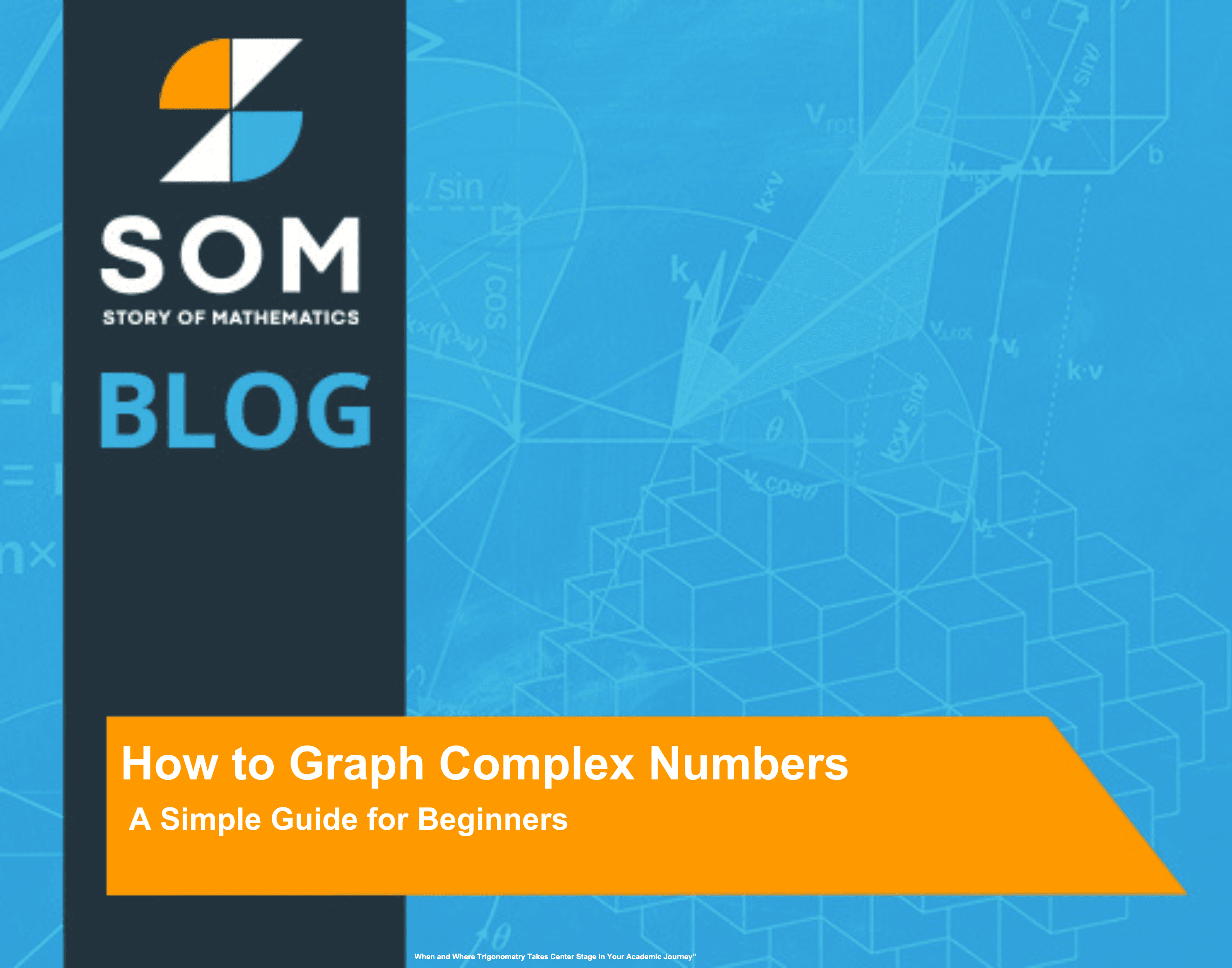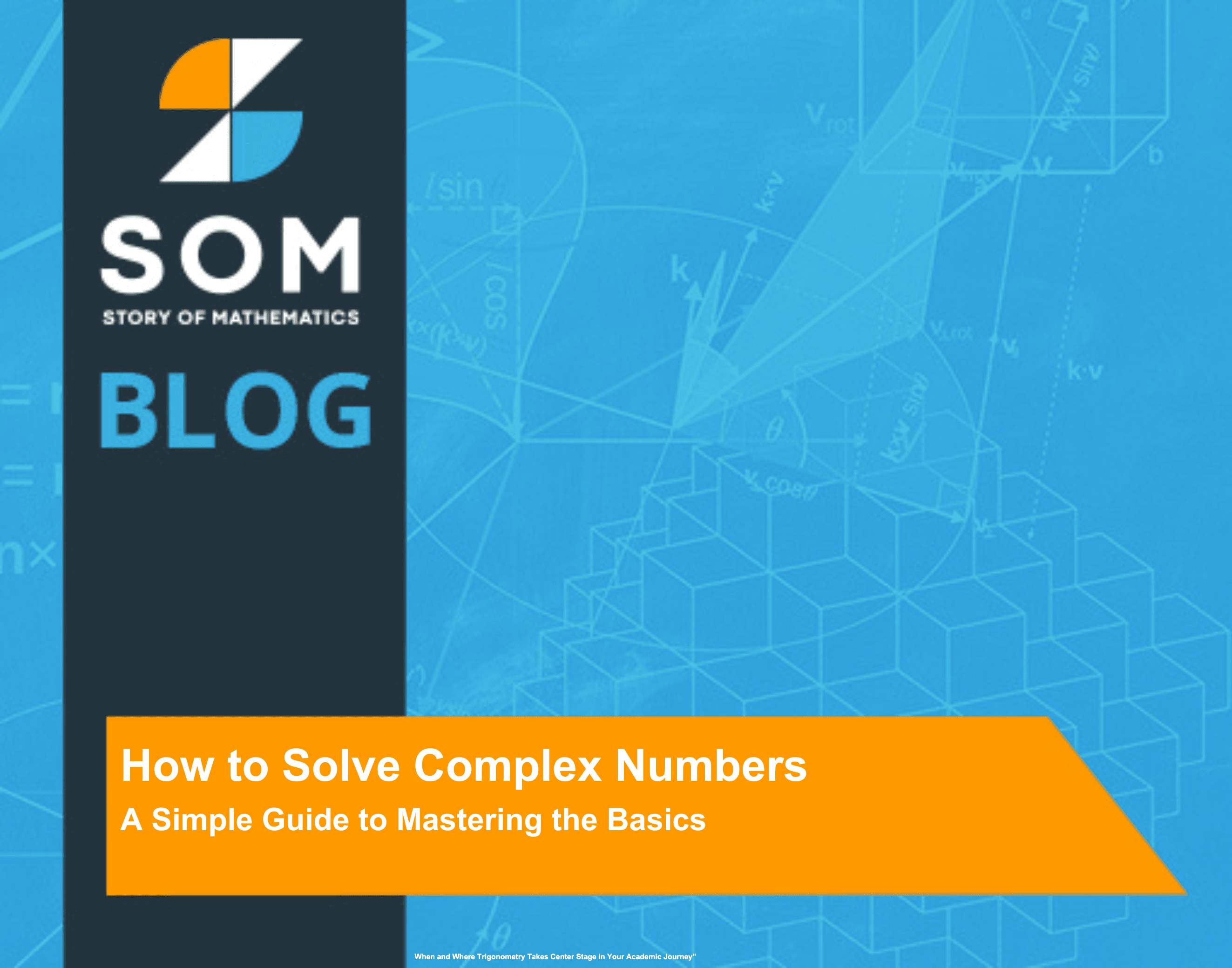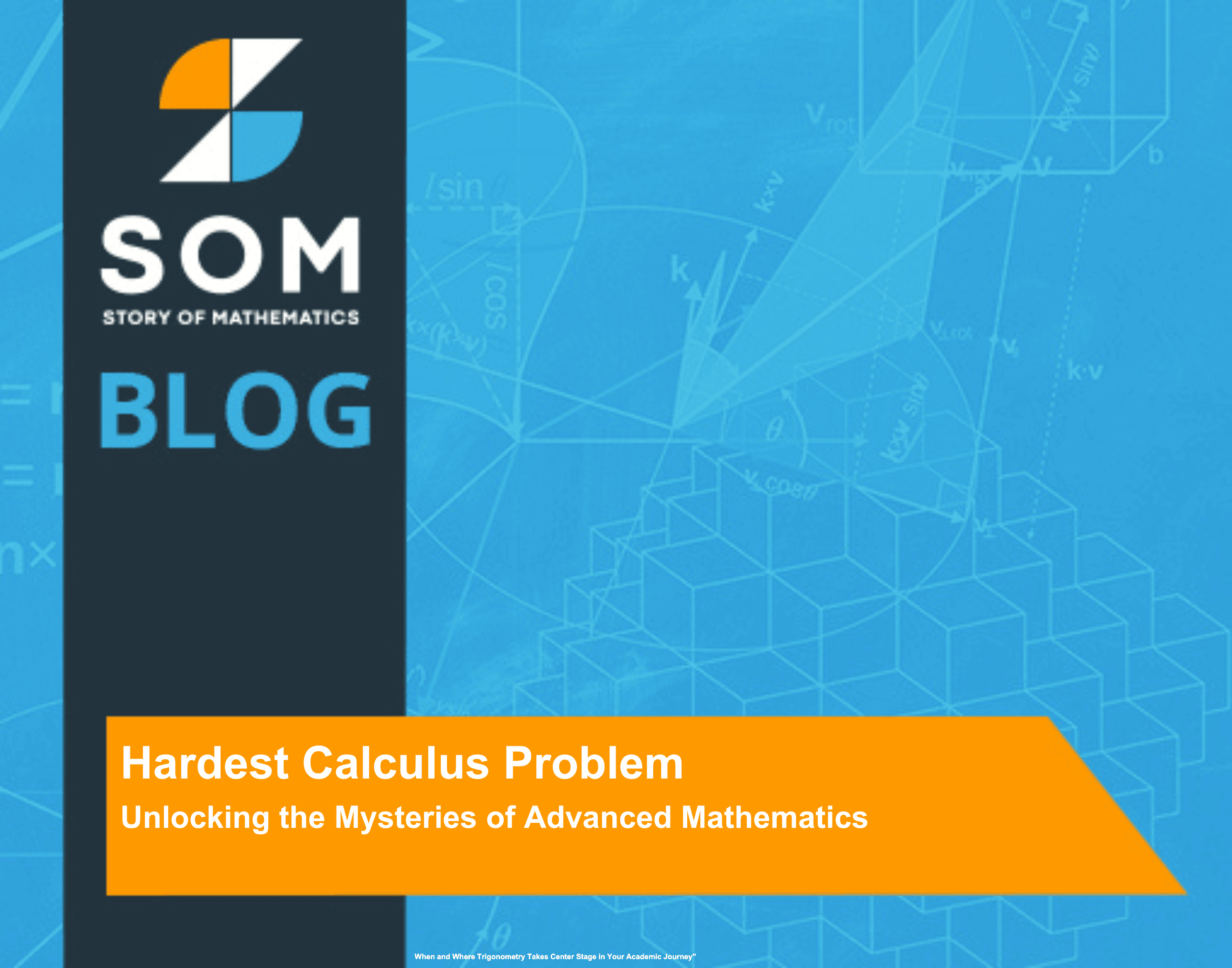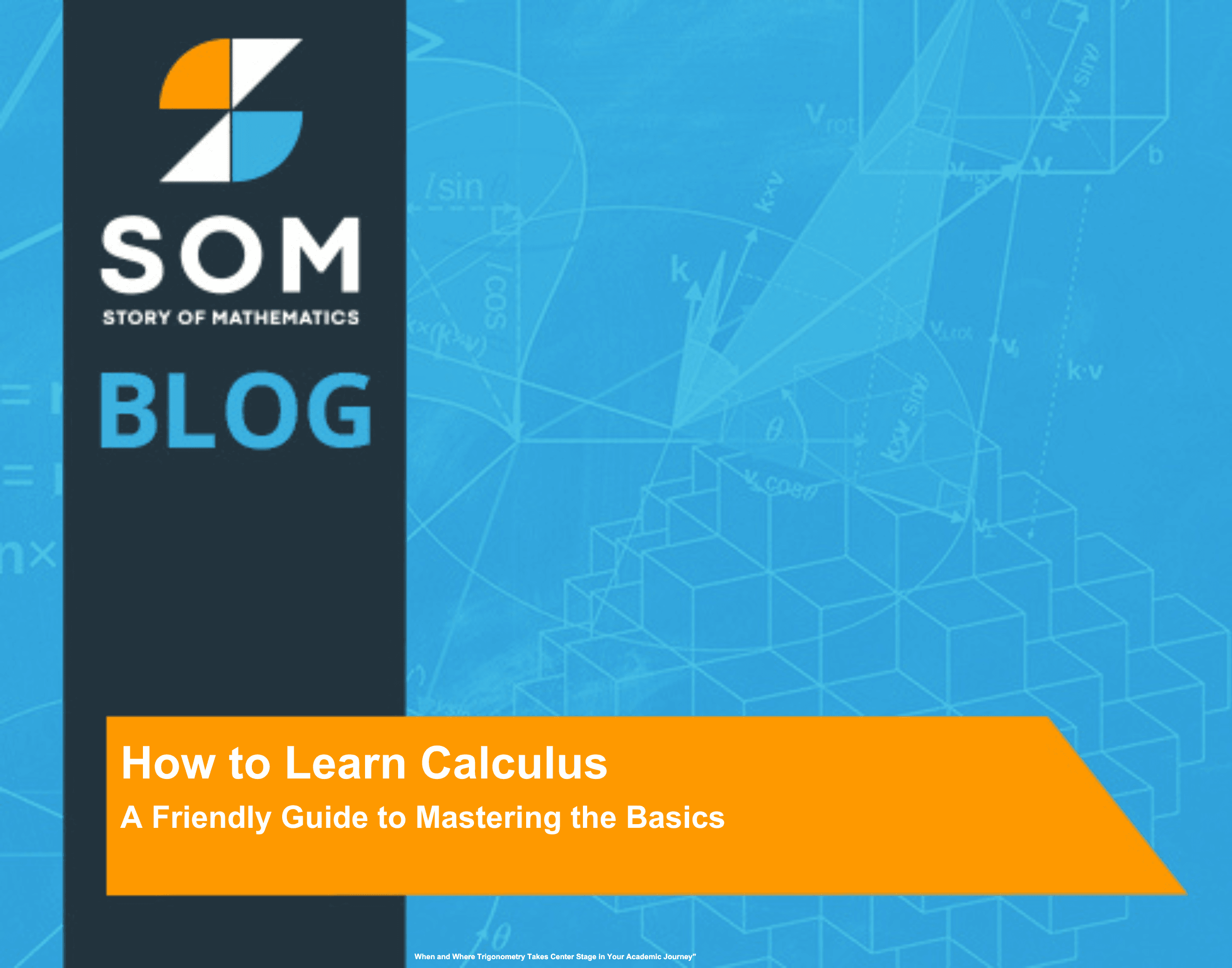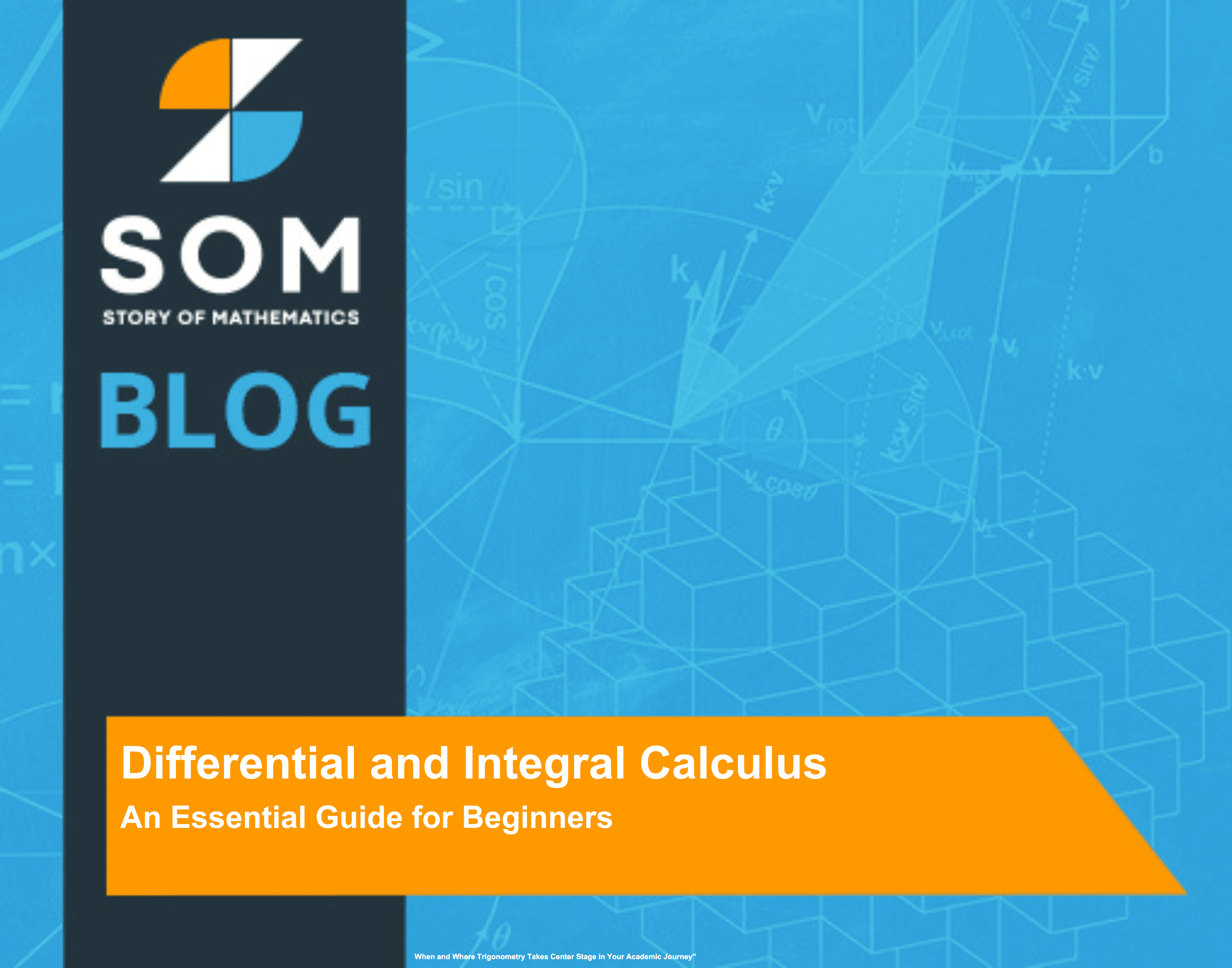Yes, y is often a function of x. When we talk about y is a function of x, we mean there is a specific relationship where each input value of x corresponds to exactly one output value of y. This concept is at the heart of many mathematical equations and can be represented as $y=f(x)$. […]
Category Archives: Blog
To graph a sine function, I start by setting up a coordinate plane with the x-axis representing the angle in radians and the y-axis representing the sine values. As a fundamental trigonometry part, the sine function maps the angle to its sine value, which is the y-coordinate of a corresponding point on the unit circle. […]
To find the average value of a function, I start by considering the function over a specific interval. In calculus, this concept is important because it gives insight into the function’s overall behavior across that interval rather than at just a single point. To calculate it accurately, I use the formula for the average value […]
To write a polynomial function with given zeros, I start by identifying the zeros which are the solutions where the function crosses the x-axis. A polynomial of degree $n$ has at most $n$ zeros. Using these zeros, I can construct the function in its factored form. Every zero at $x=a$ translates into a factor of […]
To find asymptotes of a rational function, I first consider the form $ f(x) = frac{p(x)}{q(x)} $ where both $p(x)$ and $q(x)$ are polynomials, and $q(x) neq 0$. Asymptotes are lines that the graph of a function approaches but never touches. Determining asymptotes is a way to understand the behavior of a graph at the […]
An open loop transfer function in a control system is a mathematical expression that represents the relationship between the input and the output of a system before the application of feedback. Generally speaking, it’s given as the ratio of the output of the Laplace Transform to the input Laplace Transform under the assumption that all […]
Yes, a function can have repeating y values. In mathematics, the definition of a function hinges upon the relationship between two sets of numbers where each input value is paired with exactly one output value. However, this definition does not restrict multiple input values from sharing the same output value. For instance, the function $f(x) […]
To graph an exponential function, I start by identifying the function’s base, which determines whether the function represents exponential growth or exponential decay. For example, a function like $y = 5^x$ exhibits growth since the base is greater than 1. I plot points by choosing values for x and calculating the corresponding y values to […]
The range of a function represents all the possible output values it can produce, depending on the input values it receives. For the functions given, namely ( y = 2x ), ( y = 2(5x) ), ( y = 5x + 2 ), only the function ( y = 5x + 2 ) has a […]
Understanding the concept of functions is fundamental in mathematics, as it defines the relationship between sets of inputs and outputs. A function is a specific type of relation where every input is related to exactly one output. This means for any given x-value in the domain, there’s one and only one corresponding y-value in the […]
To find a function from its graph, I always start by examining the visual representation carefully. A graph depicts the relationship between variables, often showing how one variable responds to changes in another. I look for patterns such as lines, curves, and distinct points that indicate where the function takes certain values. Understanding the function […]
X is the output variable when it is expressed as a function of y. In this context, y represents the input variable, and the relationship between the two is encapsulated by the statement that x is a function of y. This means that for every value of y within the domain, there is a corresponding […]
Converting a quadratic function from standard form to vertex form is a process that involves some algebraic manipulation. I see this process as something like a mathematical art form, where we take the general equation of a quadratic function in standard form, which is $y = ax^2 + bx + c$, and reshape it into […]
To find an inverse function, I first ensure the given function is one-to-one. A one-to-one function means that for every output value, there’s exactly one corresponding input. This is essential because if a function doesn’t have this property, then its inverse cannot exist. After establishing that my function is one-to-one, I write the function as […]
An exponential function is a mathematical expression where a constant base is raised to a variable exponent. In its simplest form, the parent function of an exponential function is denoted as $y = b^x $, where ( b ) is a positive real number, not equal to 1, and ( x ) is the exponent. […]
To find the maximum value of a function, I always begin by understanding its characteristics. Let’s say we have a function ( f(x) ), and we are interested in the points where it attains its highest value. I usually start by determining the function’s critical points, which are the points where the derivative ( f'(x) […]
To find the minimum value of a function, I first consider the nature of the function itself. If the function is quadratic, for example, given in the form $f(x) = ax^2 + bx + c$, its graph is a parabola. When ( a > 0 ), the parabola opens upwards, and the vertex point serves […]
To determine if an equation is a function, I always start by understanding the relationship between variables. A function is a special kind of relation where each input value has a unique output value. This means for every value of the independent variable, ( x ), there is exactly one value of the dependent variable, […]
To find the y-intercept of a function, I always look at where the graph of the equation crosses the y-axis. This relationship is fundamental to understanding how functions behave. The y-intercept is typically represented as a point where the x value is zero. In an equation written in the form $y = mx + b$, […]
To find x-intercepts of a quadratic function, I first set the function equal to zero and solve for ( x ). This is because the x-intercepts, also known as the roots or solutions, are the points where the function crosses the x-axis, which corresponds to a function value of ( y = 0 ). A […]
The zero function on a calculator allows me to find the values of ( x ) where the function ( f(x) ) equals zero, which are commonly known as the zeros or roots of the function. When I input a function into a calculator, the algorithm evaluates it by solving the equation ( f(x) = […]
To determine if a function is even or odd, I first perform a simple substitution: for any function ( f(x) ), replace ( x ) with ( -x ). If the resulting function ( f(-x) ) is identical to the original ( f(x) ), the function is even, reflecting symmetry about the y-axis. Conversely, if […]
To find the x-intercept of a function, I start by remembering that this is where the graph of the function crosses the x-axis. That means the y-value is zero at the x-intercept. So, I set the function equal to zero ($y = 0$) and solve for the x-value. For most functions, especially linear ones like […]
To graph a function, I begin by determining the domain and range, which are the set of all possible inputs (x-values) and outputs (y-values) respectively. With this foundation, I plot points on the coordinate plane where each point represents an $(x, y)$ pair that satisfies the function’s equation. For example, if I’m working with a simple […]
To find the vertex of a quadratic equation, understanding the vertex of a quadratic function is a key step in graphing and solving quadratic equations. When I look at the graph of a quadratic equation, I notice it has a distinctive ‘U’ shape, known as a parabola. The highest or lowest point of this parabola—depending […]
To find the inverse of an exponential function, I first replace the function notation ( f(x) ) with ( y ). This small change sets me up to address the function more like an equation involving ( y ) and ( x ). Next, I swap the roles of ( x ) and ( y […]
To find the zeros of a quadratic function, I first set the function, generally defined as $f(x) = ax^2 + bx + c$, equal to zero. This equation is pivotal because the zeros are the values of $x$ for which the function $f(x)$ produces a result of zero. They are essentially the points where the […]
To find asymptotes of a function, you should first examine the algebraic form of the function—whether it is rational, exponential, logarithmic, or any other type. For rational functions, typically of the form $frac{P(x)}{Q(x)}$, where $P(x)$ and $Q(x)$ are polynomials, the vertical asymptotes occur at values of $x$ where $Q(x)$ equals zero and the function is […]
To find the derivative of a function, I would first grasp the concept that a derivative represents the rate of change of the function with respect to its independent variable. It’s much like discerning how a car’s speed changes at different points during a trip—except now, we’re observing how a mathematical function shifts and changes. […]
To find the vertical asymptotes of a rational function, my approach typically involves examining its denominator for values that cannot be in the function’s domain. A rational function, which is defined as one that can be expressed as the ratio of two polynomials, may have vertical asymptotes at points where the denominator equals zero and […]
To write an exponential function, I first identify whether I’m dealing with growth or decay, as this will determine the sign of the rate of change. An exponential function typically takes the form $f(x) = ab^{x}$, where $a$ represents the initial value, $b$ is the base that denotes the growth or decay factor, and (x) […]
To find the exact value of a trigonometric function, I first consider the specific angle in question. Some angles, like $30^circ$, $45^circ$, and $60^circ$, have well-known exact values for sine, cosine, and tangent functions, which are derived from specific right triangles. I refer to the unit circle, where the circumference represents angles in radians, and […]
To find the period of a function, I first consider its repeating patterns. For the trigonometric functions like sine and cosine, the standard period is ($2pi$), as these functions cycle every ($2pi$) unit. However, when the function’s argument is adjusted, say to (sin(Bx)) or (cos(Bx)), the period changes to ($frac{2pi}{|B|}$). If (B) is greater than […]
To graph the complex numbers, I first consider each number as a point on a two-dimensional plane known as the complex plane. A complex number is written in the form $a + bi$, where $a$ represents the real part and is plotted along the horizontal axis, while $bi$ represents the imaginary part and is plotted […]
To solve complex numbers, I first identify their components: the real part and the imaginary part. A complex number is typically expressed as ( a + bi ), where ( a ) is the real part and ( bi ) represents the imaginary part, with ( i ) being the square root of ( -1 […]
Calculus is fundamentally a branch of mathematics focused on change and motion. My exploration of its intricacies has revealed that certain problems stand out for their notoriety and complexity. These problems are renowned for their capacity to test the limits of human ingenuity. For instance, the Riemann Hypothesis, one of the most formidable unsolved problems […]
Calculus 3, also known as Vector Calculus or Multivariable Calculus, is an expansion of the concepts from single-variable calculus into multiple dimensions. This course takes the foundational principles of limits, derivatives, and integrals and applies them to functions of more than one variable. It’s where I explore how these concepts work in three-dimensional space and […]
Pre-calculus often marks a significant transition in a student’s math journey, laying the groundwork for more complex subjects like calculus. This course typically encompasses a review of algebra and geometry as well as an introduction to trigonometry and mathematical analysis, serving as a stepping stone between high school math courses and college-level calculus. As I […]
Pre-calculus is an advanced mathematics course bridging the gap between Algebra IbI and Calculus. In this essential stepping stone, I brush up on topics from algebra and geometry, ensuring a solid foundation for the more abstract concepts awaiting calculus. I explore sets and get comfortable with different types of functions, including polynomial, rational, exponential, and […]
To learn calculus, I should familiarize myself with the foundational concepts of mathematics. Strengthening my understanding of algebra, geometry, and trigonometry from high school math is essential. These subjects provide the building blocks for calculus by introducing the behavior of functions, the beauty of shapes, and the rhythms of angles and their measures. As a […]
In the world of calculus, “$dx$” is a symbol that represents an infinitesimally small change in the variable $x$. When we look at functions and their graphs, we consider $dx$ as a tiny nudge along the $x$-axis, used to approximate the rate of change and the area under curves. Calculus hinges on the concepts of […]
Calculus is the branch of mathematics that deals with continuous change, encompassing topics such as derivatives, integrals, limits, and infinite series. After mastering the concepts of calculus, students often explore more advanced mathematical topics that build on calculus principles. Linear algebra, for instance, is a natural progression that studies vectors, matrices, and linear transformations. Additionally, […]
Business calculus is a specialized area of mathematics tailored to address practical problems in business and economics. Unlike traditional calculus, which delves into a broad array of mathematical concepts, business calculus focuses on those aspects most useful for students who are pursuing a business degree. In my college classes, the curriculum typically includes understanding functions, […]
This course typically starts with a review of the essential concepts of algebra and functions, ensuring students are well-prepared to tackle the new calculus material. I remember grappling with the nuances of limits, derivatives, and integrals, all of which form the bedrock of Calculus 1. My exploration through Calculus 1 was guided by insightful lectures […]
Calculus 2 is the branch of mathematics that deals with integrating functions and understanding their applications. Following the foundational concepts of limits, derivatives, and basic integrals from Calculus 1, I find that this second course in the sequence dives deeper into integration techniques, such as integration by parts, trigonometric substitution, and partial fraction decomposition. Applications of […]
Calculus is a fascinating area of mathematics, often considered the language of motion and change. At its heart, calculus helps us understand the behavior of functions, whether we’re figuring out the speed of a roller coaster as it hurtles down a track or calculating the flow of water through a pipe. The study of calculus […]
Calculus is an essential branch of mathematics, concerned with understanding change and motion. It allows us to compute the rate at which quantities change, which is fundamental for a vast array of scientific disciplines. As I explore calculus further, I’m consistently fascinated by the intricate way it enables us to model the natural world, predict […]
Calculus is a branch of mathematics that involves the study of rates of change and the accumulation of quantities. As I prepare to embark on this subject, I often reflect on how critical it is to have a strong foundation in several key areas of mathematics to ensure success. Mastery in algebra, geometry, and trigonometry […]
Calculus BC is often seen as the more challenging counterpart to AP Calculus AB, delving deeper into the mathematical concepts introduced in the AB course. Both courses are integral parts of the Advanced Placement program, enabling high school students like me to tackle college-level calculus and potentially earn college credit before graduation. The College Board […]
No, calculus is not universally required as a prerequisite for medical school admission. Many medical schools instead suggest a strong foundation in mathematics and recommend courses in calculus and statistics because they provide a solid base for the data analysis and research methods that are integral in the medical field. Additionally, some advanced courses in […]

































